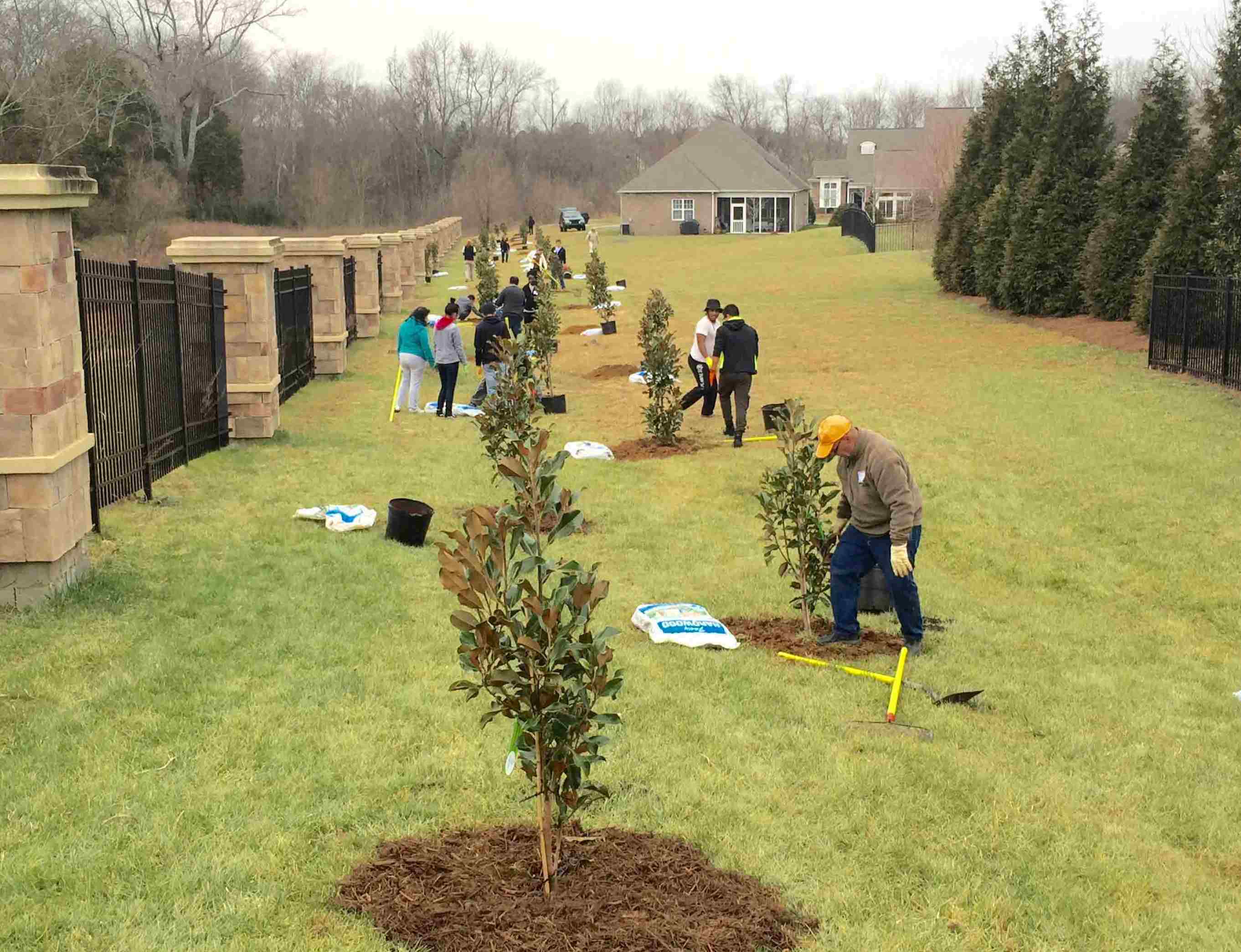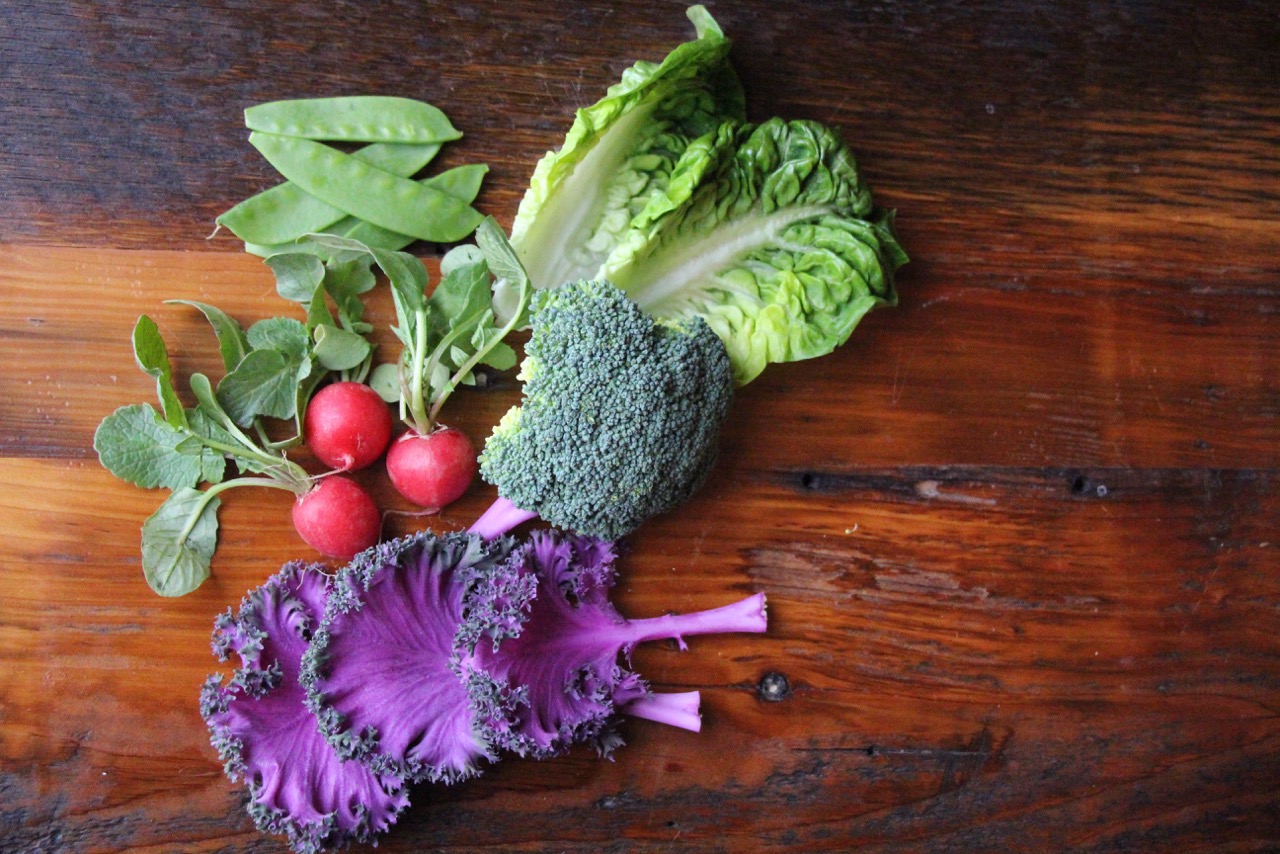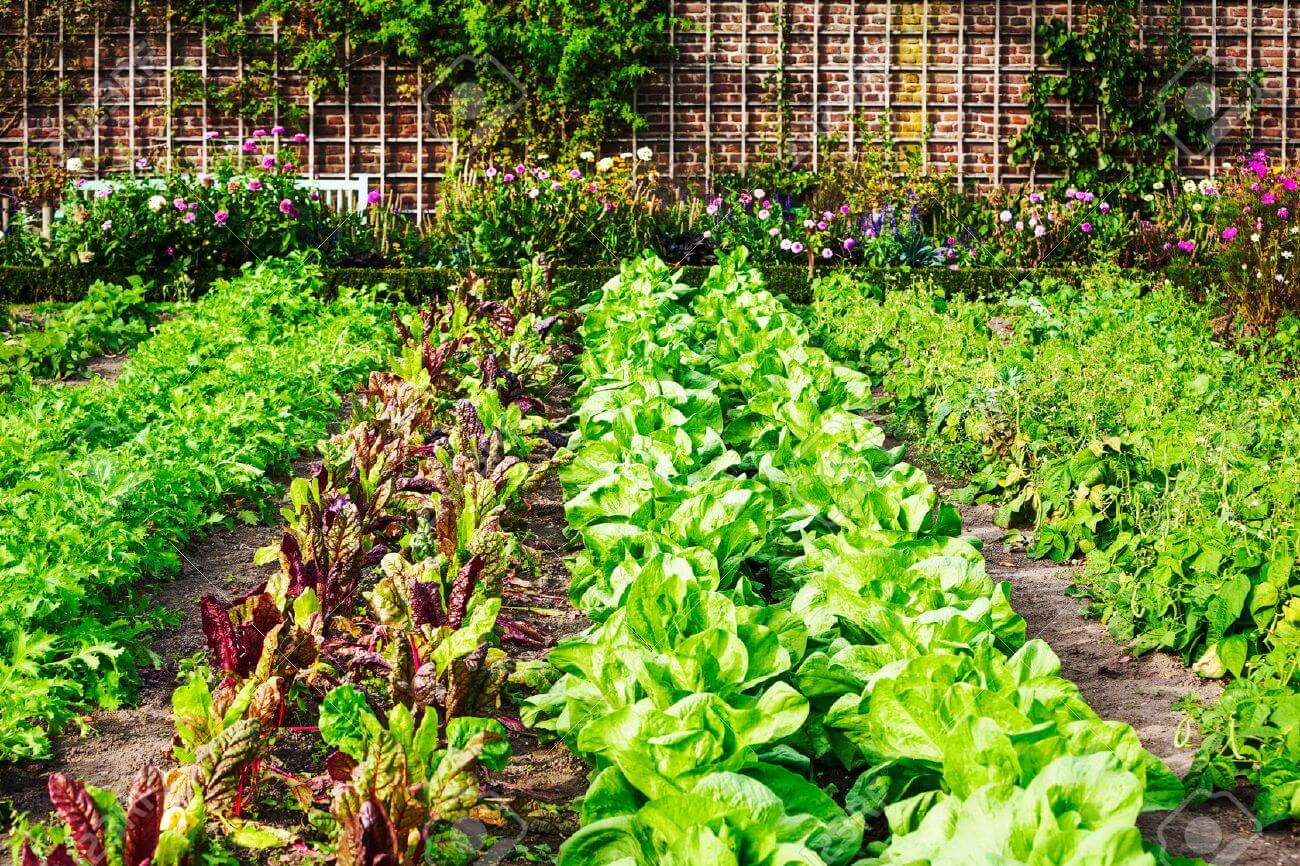Home>Types of Gardening>Ornamental Gardening>What Is Blooming Right Now In NC


Ornamental Gardening
What Is Blooming Right Now In NC
Published: January 12, 2024
Discover the vibrant blooms of ornamental gardening in North Carolina. Find out what's currently blooming and get inspired for your garden design.
(Many of the links in this article redirect to a specific reviewed product. Your purchase of these products through affiliate links helps to generate commission for Chicagolandgardening.com, at no extra cost. Learn more)
Table of Contents
Introduction
What’s Blooming Right Now in North Carolina?
As the winter chill fades away and the sun begins to linger a little longer in the sky, North Carolina transforms into a vibrant tapestry of colors and scents. Spring has arrived, and with it comes a breathtaking display of blooming flowers, trees, and wildflowers. Whether you're an avid gardener, a nature enthusiast, or simply someone who appreciates the beauty of the outdoors, North Carolina offers a spectacle that is not to be missed during this time of year.
The transition from the dormant winter landscape to the lively spring scene is a sight to behold. The awakening of nature brings a sense of renewal and rejuvenation, inspiring locals and visitors alike to venture outdoors and immerse themselves in the splendor of the season. From the mountains to the coast, North Carolina's diverse ecosystems host an array of flora that paint the landscape with a kaleidoscope of hues.
As we embark on a journey to explore what's currently in bloom across the state, we'll encounter an assortment of spring flowers, trees adorned with delicate blossoms, enchanting wildflowers, and an array of garden plants that thrive in this temperate climate. Join us as we delve into the enchanting world of North Carolina's springtime blooms, where each petal and leaf tells a story of resilience, beauty, and the ever-renewing cycle of life.
Spring Flowers
North Carolina’s springtime is adorned with a stunning variety of flowers, each adding its unique charm to the landscape. One of the earliest heralds of spring is the dainty snowdrop, with its bell-shaped, white blooms peeking through the lingering snow. As the season progresses, vibrant daffodils sway in the gentle breeze, their golden trumpets announcing the arrival of spring. Tulips, in an array of colors, carpet gardens and parks, while fragrant hyacinths perfume the air with their intoxicating scent.
The state’s official flower, the dogwood, unfurls its delicate, four-petaled blossoms in shades of white and pink, creating a captivating contrast against the newly emerged greenery. Rhododendrons and azaleas splash the landscape with bold hues, from deep purples to fiery reds and soft pinks. Meanwhile, the elegant iris stands tall in gardens and along waterways, showcasing its intricate blooms in a spectrum of blues, purples, and yellows.
Wandering through North Carolina’s meadows and woodlands, one can encounter the cheerful blooms of trilliums, the delicate beauty of bluets, and the nodding heads of Virginia bluebells. These native wildflowers contribute to the tapestry of colors that define the state’s springtime.
Whether in carefully tended gardens or scattered across untamed landscapes, these spring flowers collectively weave a story of renewal and vitality, reminding us of the beauty that emerges after the hushed dormancy of winter.
Trees in Bloom
As spring unfolds in North Carolina, the trees burst into a symphony of blossoms, adorning the countryside with a breathtaking display of colors and fragrances. One of the most iconic springtime spectacles is the blooming of the dogwood trees. These native beauties, with their distinctive four-petaled flowers, create a mesmerizing scene, especially against the backdrop of the verdant forests.
Cherry trees, including both the native wild cherry and cultivated ornamental varieties, also contribute to the springtime splendor with their clouds of pink and white blooms. The sight of these trees in full bloom is nothing short of enchanting, evoking a sense of wonder and delight.
North Carolina’s landscape is further enriched by the blossoming of redbuds, their branches adorned with clusters of magenta flowers that stand out against the emerging greenery. The graceful branches of the Eastern redbud create a striking contrast against the azure sky, making it a favorite subject for artists and photographers during this season.
Amidst this floral extravaganza, the magnolia trees unfurl their large, waxy blooms, filling the air with their sweet, citrusy perfume. The sight of these majestic trees in full bloom is a testament to the grandeur of the southern springtime.
From the mountains to the coastal plains, North Carolina’s trees in bloom paint a picture of natural abundance and beauty, inviting residents and visitors to revel in the ephemeral yet unforgettable spectacle of spring.
Wildflowers
North Carolina’s diverse ecosystems provide a rich tapestry for the blooming of wildflowers during the spring season. From the misty peaks of the Appalachian Mountains to the coastal marshes, a myriad of native wildflowers grace the landscape, each with its unique allure.
One of the most beloved wildflowers is the flame azalea, which sets the woodlands ablaze with its vibrant hues of orange, red, and yellow. The sight of these fiery blooms against the backdrop of the forest is a sight to behold, drawing hikers and nature enthusiasts to witness this natural spectacle.
Traversing the trails and meadows, one may encounter the delicate blooms of the pink lady’s slipper, a native orchid that adds an air of mystique to the woodlands. The showy blooms of the purple coneflower, also known as echinacea, attract pollinators while adding a splash of color to open fields and roadsides.
Further enriching the springtime landscape are the nodding heads of the trout lily, the cheerful presence of the black-eyed Susan, and the intricate beauty of the wild columbine. These wildflowers, among many others, contribute to the ecological and aesthetic diversity of North Carolina’s natural spaces.
Whether carpeting the forest floor or adorning the meadows, wildflowers play a vital role in supporting local pollinators and adding a touch of vibrancy to the state’s ecosystems. Their ephemeral beauty serves as a reminder of nature’s resilience and the interconnectedness of all living things.
Garden Plants
North Carolina’s favorable climate and diverse topography create an ideal environment for a wide array of garden plants to thrive. From the classic favorites to exotic specimens, the state’s gardens burst with life and color during the spring season, offering a visual feast for plant enthusiasts and casual admirers alike.
One of the quintessential garden plants that graces the landscapes of North Carolina is the beloved rose. With its timeless beauty and captivating fragrance, the rose takes center stage in many gardens, showcasing a spectrum of colors and forms. Whether climbing along trellises or nestled among other blooms, roses add an air of romance and elegance to the springtime scenery.
Another star of the spring garden is the peony, with its lush, extravagant blooms that exude opulence and charm. These perennial favorites captivate onlookers with their voluminous petals and captivating fragrance, making them a sought-after addition to any garden landscape.
Meanwhile, the vibrant hues of irises, with their sword-like foliage and intricate blooms, add a touch of sophistication to garden beds and borders. Their diverse colors and patterns make them a versatile choice for adding visual interest to any outdoor space.
North Carolina’s gardens also come alive with the cheerful presence of daisies, the whimsical allure of foxgloves, and the delicate beauty of bleeding hearts. These garden plants, among many others, contribute to the kaleidoscope of colors that define the state’s springtime horticultural displays.
Whether tucked into cottage gardens, lining pathways, or showcased in formal arrangements, these garden plants create a captivating tapestry that celebrates the artistry of nature and the joy of gardening.
Conclusion
As spring unfolds its vibrant tapestry across North Carolina, the landscape becomes a living canvas of colors and scents, showcasing the resilience and beauty of the natural world. From the delicate blossoms of spring flowers to the majestic display of blooming trees, the state’s diverse ecosystems offer a captivating spectacle that captivates the senses and inspires the soul.
Amidst this floral abundance, native wildflowers emerge as humble yet captivating symbols of the season, adorning meadows, woodlands, and mountain slopes with their intricate blooms. Their presence serves as a testament to the resilience and adaptability of the state’s native flora, adding a touch of wild elegance to the springtime landscape.
Furthermore, the curated beauty of garden plants adds a touch of artistry to the natural world, inviting residents and visitors to revel in the horticultural delights that grace the state’s gardens and public spaces. From classic favorites to exotic specimens, these garden plants contribute to the visual symphony that defines North Carolina’s springtime.
As we bid farewell to the cool embrace of winter and embrace the warmth of spring, North Carolina emerges as a haven of natural splendor, inviting all to witness the fleeting yet enchanting spectacle of spring blooms. This season serves as a reminder of the cyclical nature of life, where dormancy gives way to rejuvenation, and the landscape is reborn with a flourish of colors and vitality.
Whether strolling through urban parks, hiking along wooded trails, or tending to personal gardens, the arrival of spring in North Carolina is an invitation to connect with nature, celebrate its beauty, and find joy in the simple yet profound act of witnessing new life emerge.
So, as the spring blooms adorn the state with their ephemeral beauty, let us embrace the season’s gifts, revel in the natural abundance, and carry the spirit of renewal and growth with us as we continue on our own journeys.





